Estimated reading time: 7 minutes
One day, you’re finishing up some remodeling in your living room, and suddenly you notice your furry friend covered in paint! Before you start to panic, remember, there are ways to efficiently remove paint from your dog’s coat. Just like you’d get paint off your hands, there are tricks to get the paint off your pet.
In this guide, we’ll go through the steps to ensure your dog is free from paint and feeling comfortable once again. Let’s dive in and get that paint gone from your dog’s fur!
Understanding the Type of Paint
Before diving into the remedy to remove paint from your dog’s coat, it’s essential to identify the type of paint your pet accidentally came in contact with.
- Water-Based Paints: These are often easier to manage. If your dog’s fur is wet with this paint type, the removal process will be a bit more straightforward.
- Oil-Based Paints: This type of paint is trickier. Oil-based paint sticks more firmly to the dog’s hair, but don’t worry, there are ways to handle it.
- Latex Paints: These are similar to water-based paints but might need a few extra tips and tricks to remove as much paint as possible.
- Acrylic Paints: These are common household items for art projects. They can dry quickly and cling to the dog’s fur, but with the right steps, they can be managed.
Immediate First Steps
Your dog may be curious about the discomfort or the strange texture on their fur and might try to lick or paw at the painted area. Here’s what you should do as soon as you notice the paint:
- Stay Calm: First and foremost, don’t panic. Your dog will pick up on your emotions. If you remain calm, it can help your pet stay calm too.
- Prevent Licking: Ensure your dog doesn’t try to ingest any paint by distracting them. Offer a toy or place a cone, if necessary.
- Assess the Amount of Paint: Check how much of your dog’s coat is covered in paint. If it’s just a small patch, it’ll be easier to manage than if they’ve taken a full paint bath.
- Keep the Area Dry: If the paint is still wet, avoid soaking the affected area with water immediately. Wet paint can spread more easily and get deeper into the dog’s fur.
- Call the Vet: If you’re unsure about the paint type or if it contains harmful chemicals, call your veterinarian for advice. It’s always better to be safe.
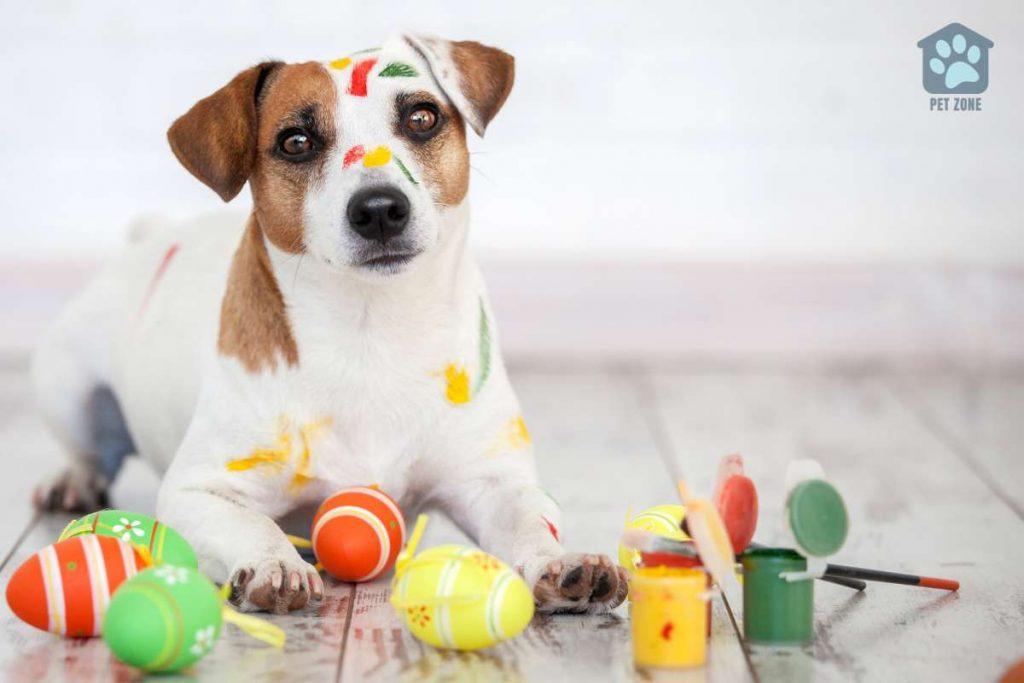
Removing Water-Based Paints
Water-based paints are generally easier to handle when it comes to dog fur. If your furry friend has found themselves in a paint mess, follow these steps:
- Dampen the Affected Area: Using a wet towel, gently dampen the painted area but be careful not to spread the paint.
- Apply Dish Soap: A common household item, dish soap can be used to help soften and break down the paint. Gently rub a bit onto the painted fur.
- Gently Brush: Using a soft brush, gently work through the dog’s hair, helping to lift and remove the paint from your dog’s coat.
- Rinse Thoroughly: Once you’ve loosened most of the paint, rinse the area with water to get rid of any residue. Ensure all the soap and paint is gone.
- Repeat if Necessary: Depending on the amount of paint and the thickness of your dog’s coat, you may need to repeat the process a couple of times.
Remember, always be gentle to avoid causing any discomfort or irritation to your pet’s skin.
Removing Oil-Based Paints
Oil-based paints can be a tad more challenging, but with patience and the right steps, you can get your dog’s coat clean:
- Blot the Paint: If the paint is still wet, use a towel to blot and remove as much paint as possible from the dog’s fur. Avoid rubbing, as it can spread the paint further.
- Use Vegetable Oil: Vegetable oil, mineral oil, or petroleum jelly can help soften the paint and make it easier to manage. Gently rub a small amount onto the painted fur.
- Brush Out the Paint: After letting the oil sit for a few minutes, use a brush to comb through the fur. This will help remove paint from your dog’s coat efficiently.
- Shampoo the Area: Once most of the paint is out, shampoo or soap the area to remove both the paint and the oil. Dish soap can be used, but dog shampoo is preferred to be gentle on the dog’s skin.
- Rinse and Check: Rinse the area thoroughly and check to ensure no trace of paint remains. If needed, repeat the process.
Always remember to work patiently and ensure your dog is comfortable during the process to reduce any further stress.
Removing Latex Paints
Latex paints are a bit unique, but with some careful steps, you can effectively remove them from your dog’s coat:
- Wet the Painted Area: Start by dampening the area where the latex has dried. This can help soften the paint, making it easier to work with.
- Apply Vegetable Oil: Just like with oil-based paints, use vegetable oil, mineral oil, or petroleum jelly on the latex. This will further soften the paint and make it more pliable.
- Gently Rub the Area: Gently rub the painted area to loosen the latex from the dog’s fur. This will help remove paint from your dog’s coat more easily.
- Brush Through the Fur: Use a brush to comb through the fur and remove the softened latex. Ensure you’re gentle to avoid tugging or causing discomfort.
- Cleanse with Dog Shampoo: To ensure all remnants of paint and oil are gone, wash the area using dog shampoo. This will be gentle on your pet’s skin and ensure cleanliness.
- Rinse Thoroughly: Make sure you rinse the shampoo out completely, leaving your pet’s coat fresh and clean.
Latex can be tricky, but with persistence and the right approach, your dog will be paint-free in no time!
Removing Acrylic Paints
Acrylic paints can dry quickly and cling to the fur, but fret not, with the right methods, you can get your dog looking as good as new:
- Address Wet Paint First: If the acrylic is still wet, dampen the painted area slightly using a wet towel, being careful not to spread the paint.
- Apply a Pet-safe Conditioner: To soften the paint, use a pet-safe conditioner or a similar solvent to remove the paint. Let it sit for a few minutes to break down the acrylic.
- Gently Brush the Fur: With a brush, work through the dog’s fur, trying to remove paint from your dog’s coat. Always brush in the direction of the hair growth.
- Wash with Dog Shampoo: After most of the acrylic is out, it’s time to give your pet a bath. Using dog shampoo will help remove any residue or paint traces.
- Rinse and Inspect: Thoroughly rinse the shampooed area and ensure that every bit of paint is gone. If some stubborn spots remain, you might need to repeat the process.
Your persistence will pay off, ensuring your dog’s coat is free from acrylic paint and they’re back to their playful self!
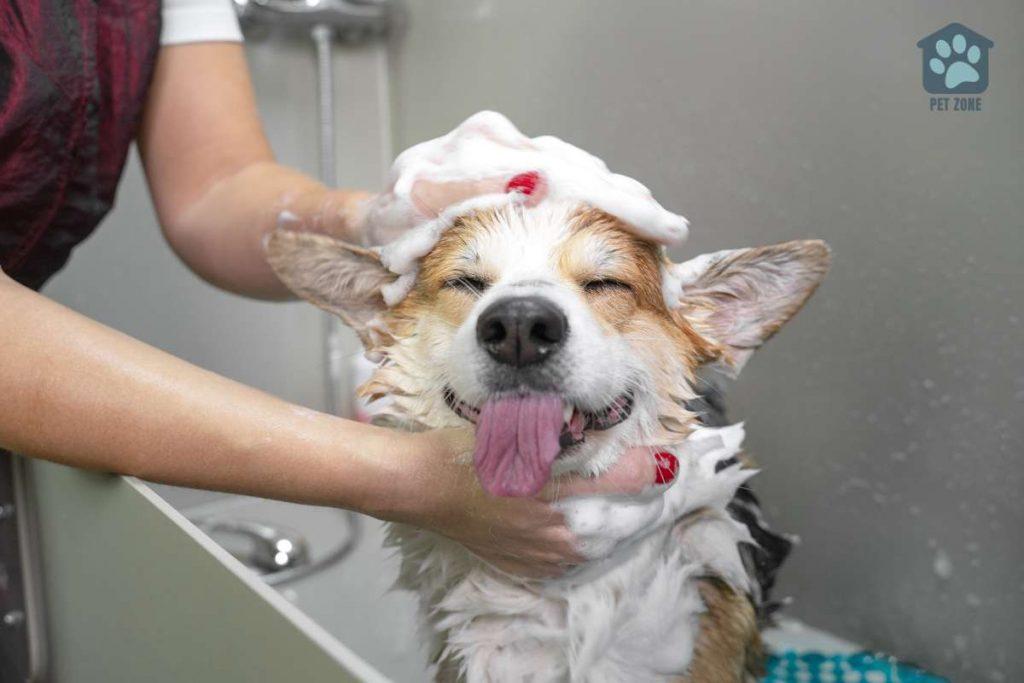
When to Seek Professional Help
- Large Amounts of Paint: If your dog is extensively covered in paint, it might be a good idea to see a groomer. They have the tools and expertise to manage significant paint messes.
- Skin Irritation: If you notice signs of irritation or discomfort on your dog’s skin after the paint removal, consult a vet. They can recommend treatments or remedies to soothe the irritation.
- Ingested Paint: If you suspect your dog may have licked or ingested a good amount of paint, contact a veterinarian as soon as possible. Some paints contain chemicals that can be harmful when ingested.
- Persistent Paint Residue: Despite your best efforts, if some paint just won’t budge, it might be time to visit a groomer. They can offer specialized treatments to help remove stubborn paint residues.
Remember, while DIY methods can be effective, there’s never a good reason to risk your pet’s comfort or health. If in doubt, always seek professional advice.
Conclusion
Accidents happen, and our pets often find themselves in sticky situations, quite literally! Whether your dog ran through a remodeling project or simply brushed up against a freshly painted fence, there’s no need to fret.
With patience, the right steps, and a bit of elbow grease, you can get your furry friend back to his pristine condition. Always remember to stay calm, assess the situation, and take the necessary actions to remove paint from your dog’s coat.
If ever in doubt, seeking professional advice or help is a wise choice. After all, our pets rely on us to keep them safe and comfortable. Happy grooming!
Please feel free to leave your thoughts in the comments below, and don’t forget to share this article on social media to help other pet owners with similar challenges!
As an Amazon Associate I earn from qualifying purchases.
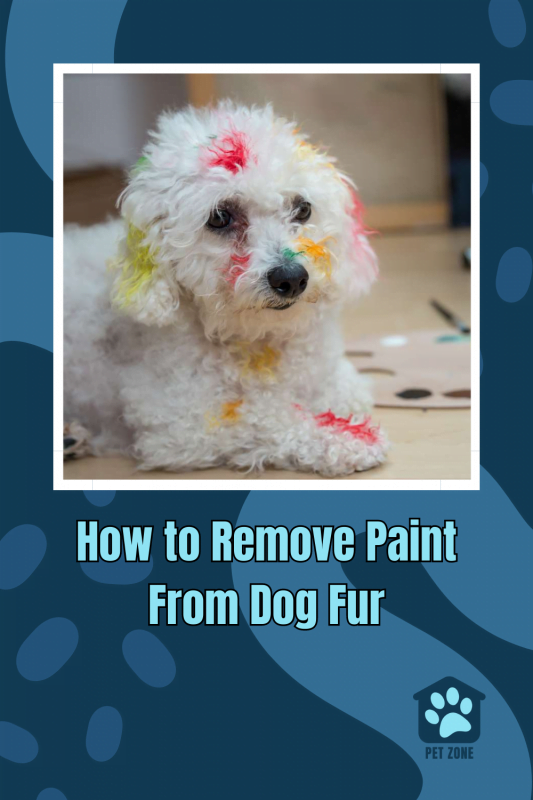


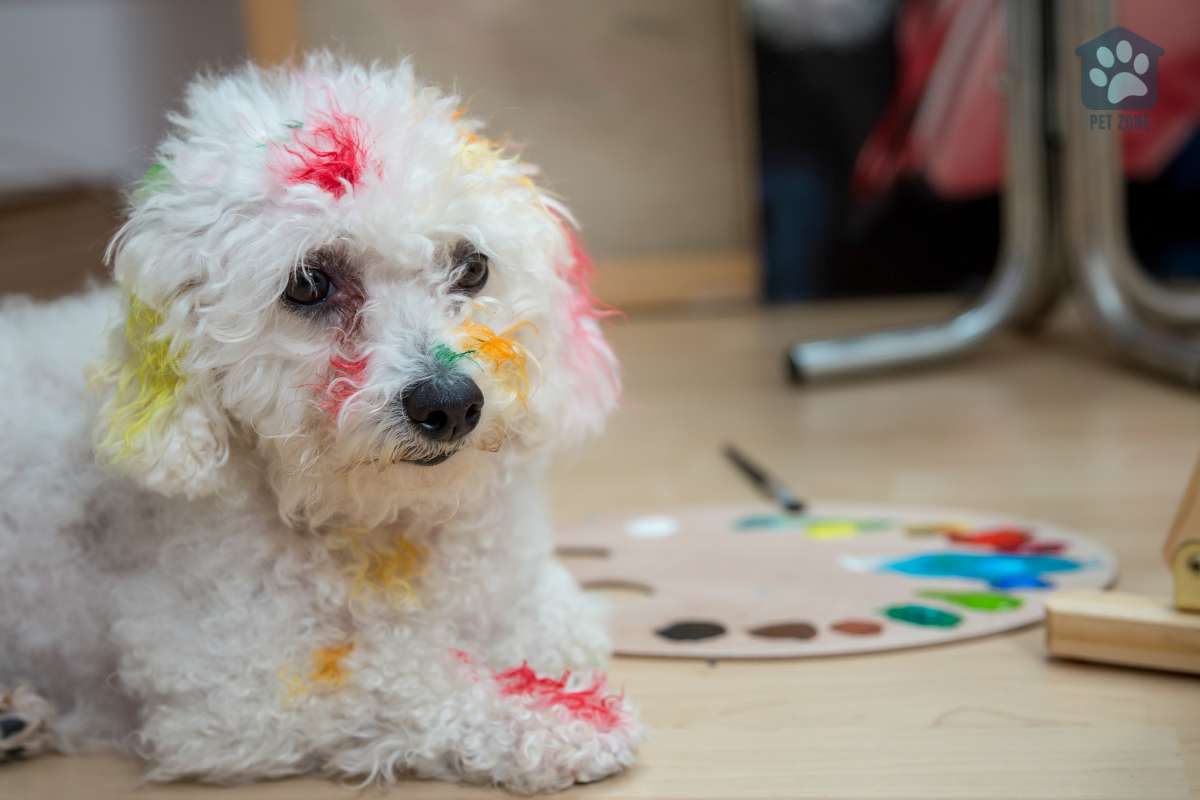

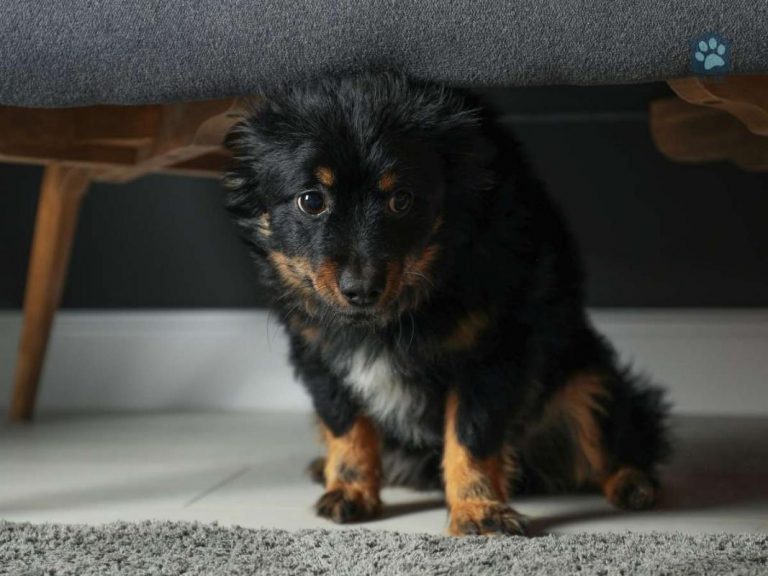
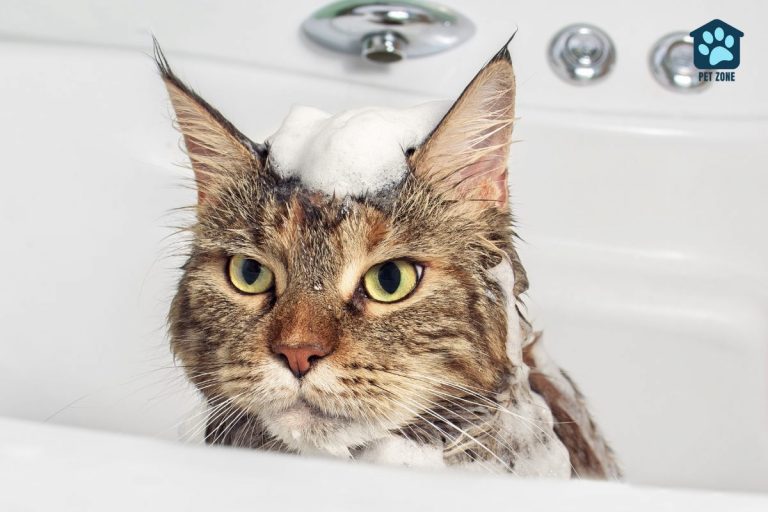
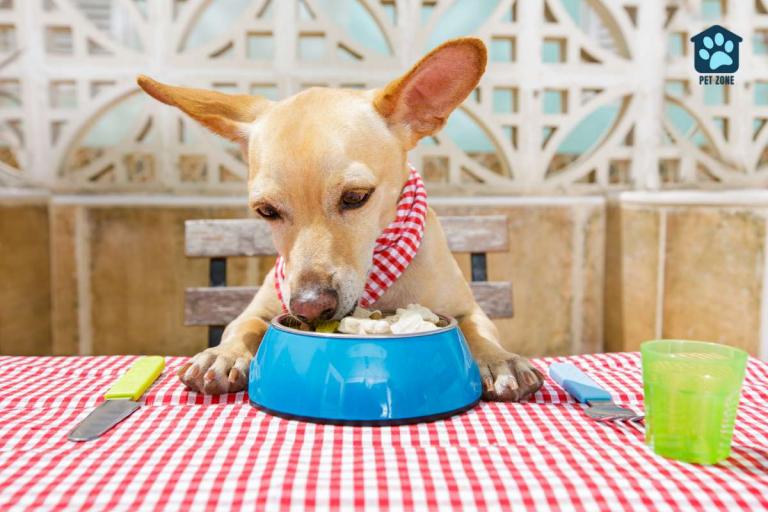
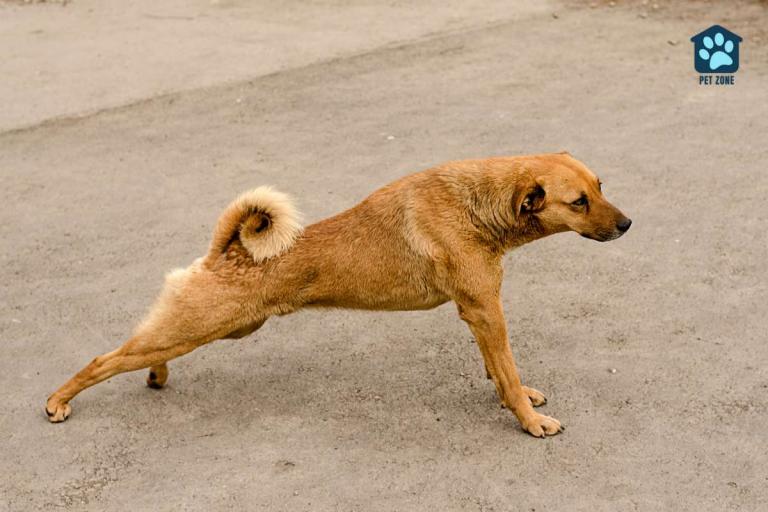

Great tips on dealing with paint and pups. Thankfully, this hasn’t happened to my pup, but it’s good to be prepared!
I have a nephew that painted his dog one night when the rest of the family thought he was sleeping. Will have to share this with them!
This is a great go-to article for people with dogs and toddlers!
Good to know!